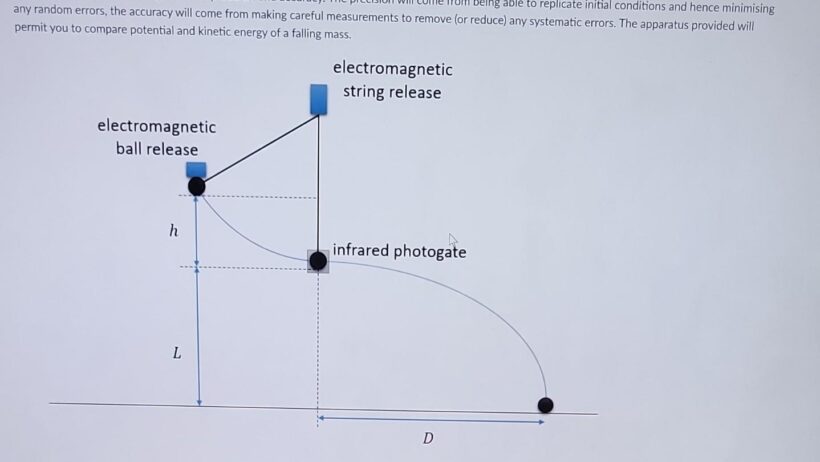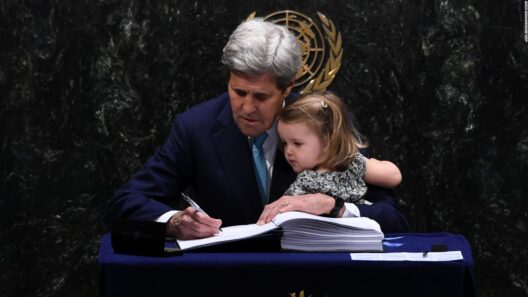Energy conservation stands as a pivotal concept in the realm of physics, embodying a fundamental law that transcends mere observation. By examining the mechanisms and principles that govern energy conservation, one can uncover a fascinating interplay of natural phenomena and mathematical elegance. This exploration not only elucidates the workings of the universe but also invites contemplation on the deeper implications of energy conservation in our daily lives.
The principle of conservation of energy postulates that energy cannot be created or destroyed; it merely transforms from one form to another. This intrinsic law applies universally, governing processes ranging from the mundane to the cosmic. For example, in mechanical systems, potential energy may convert into kinetic energy as an object is set in motion. Conversely, when an object reaches its apex, kinetic energy is reborn as potential energy. Such transformations illustrate the seamless dance of energy throughout physical systems, resonating with the underlying order of the universe.
Within the framework of energy conservation, several core principles emerge. One prominent facet is the concept of isolated systems. An isolated system is one that does not exchange energy or matter with its surroundings. In such systems, the total energy remains constant, despite the internal changes that may occur. A quintessential example of this is found in a pendulum, which transfers energy back and forth between kinetic and potential forms without loss. This idealized system offers a glimpse into the purity of energy conservation, albeit real-world scenarios often introduce dissipative forces, such as friction and air resistance, which complicate these pristine dynamics.
Beyond mechanical systems, energy conservation applies remarkably to thermodynamics. The first law of thermodynamics, also known as the law of energy conservation, asserts that the total energy within a closed system is constant, with energy merely changing from one type to another—in other words, the energy we use in our cars, homes, and industries must come from somewhere, and it must go somewhere. For example, when a combustion engine operates, chemical energy stored in fuel is transformed into thermal energy and subsequently into mechanical energy that powers the vehicle. However, not all energy is efficiently converted; a significant portion dissipates as waste heat, highlighting the continual challenge of enhancing energy efficiency in practical applications.
Additionally, the realm of electromagnetism offers another layer of complexity. In electrical circuits, the conservation of energy manifests as the interplay of voltage, current, and resistance. As electrons traverse a conductor, they embody both kinetic and potential energy. Kirchhoff’s laws govern these interactions, ensuring that the total energy supplied remains equal to the total energy consumed within the circuit. These laws exemplify a meticulous balance within energy systems, showcasing the importance of understanding energy flow in designing efficient electrical devices.
The conservation of energy principle is not merely limited to scientific inquiry; it has profound implications for everyday life and global sustainability. In an increasingly energy-dependent world, understanding how to conserve energy is paramount for addressing pressing environmental challenges. Adopting energy-efficient technologies, reducing waste, and optimizing consumption are practical measures individuals and societies can take to adhere to the tenets of energy conservation.
Exploring renewable energy sources also reflects the principles of energy conservation. Solar, wind, and hydroelectric power harness natural forces to generate energy sustainably. These sources exemplify a shift towards minimizing reliance on fossil fuels, which not only conserves energy but also mitigates environmental degradation. As society pivots towards a greener future, embracing energy conservation becomes imperative—not just to comply with physical laws but to steward the planet for future generations.
The intricate laws governing energy conservation further extend into the domain of quantum mechanics. At the quantum level, particles exhibit behavior that challenges classical intuitions about energy. Quantum fluctuations, superposition, and entanglement introduce a nuanced understanding of energy exchanges. The principles of energy conservation maintain their validity even at this microscopic scale, reinforcing the notion that they underpin all forms of matter and energy, regardless of the framework being considered.
Moreover, the exploration of energy conservation not only satisfies scientific curiosity but also inspires a sense of wonder. The uniformity with which energy transitions between states mirrors the balance of life itself—a delicate dance where inputs and outputs harmonize. This interconnectedness prompts more profound questions about existence, causality, and the nature of the universe, revealing how fundamental laws, while rooted in physics, also ripple through the fabric of philosophy and ethics.
In conclusion, the conservation of energy serves as a cornerstone of physical laws, emphasizing the transmutation of energy across diverse systems. From the oscillations of a pendulum to the operations of complex electrical circuits, the universal application of energy conservation principles offers insightful revelations. Furthermore, these principles resonate with contemporary issues of energy efficiency and environmental sustainability. As society grapples with the pressing challenges posed by climate change and resource depletion, a firm understanding of energy conservation will be essential. By incorporating these fundamental laws into our daily practices and future innovations, we can navigate towards a more sustainable existence—one that honors the delicate balance of energy in our universe.








